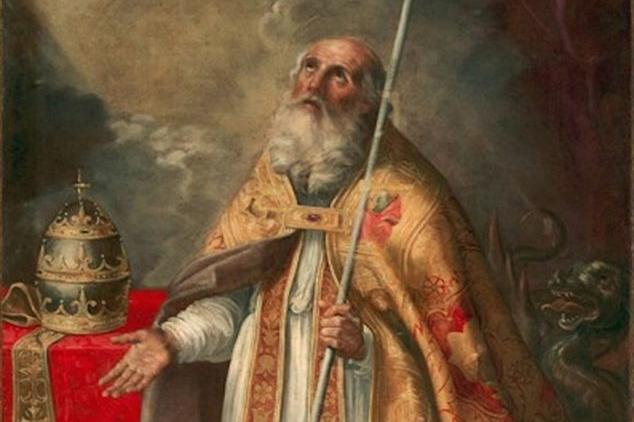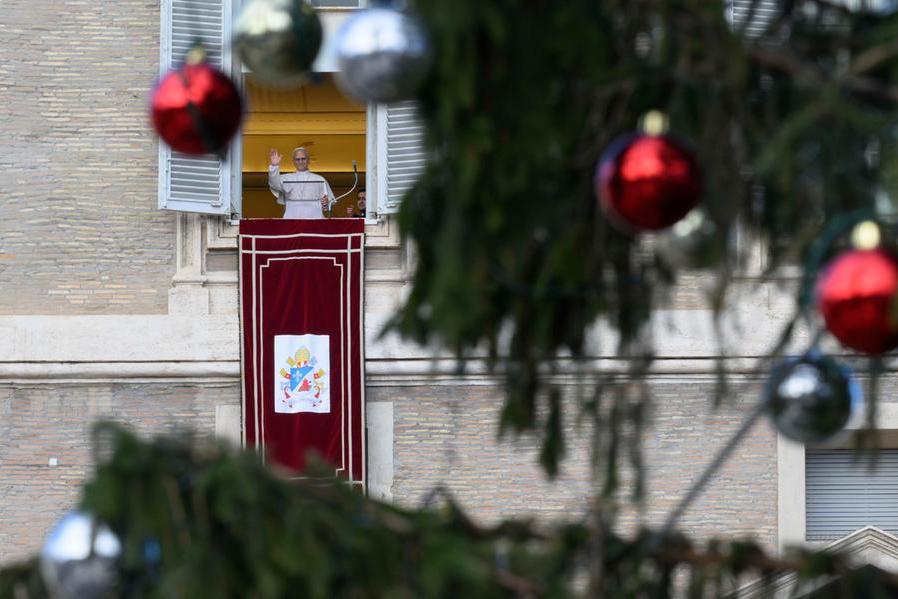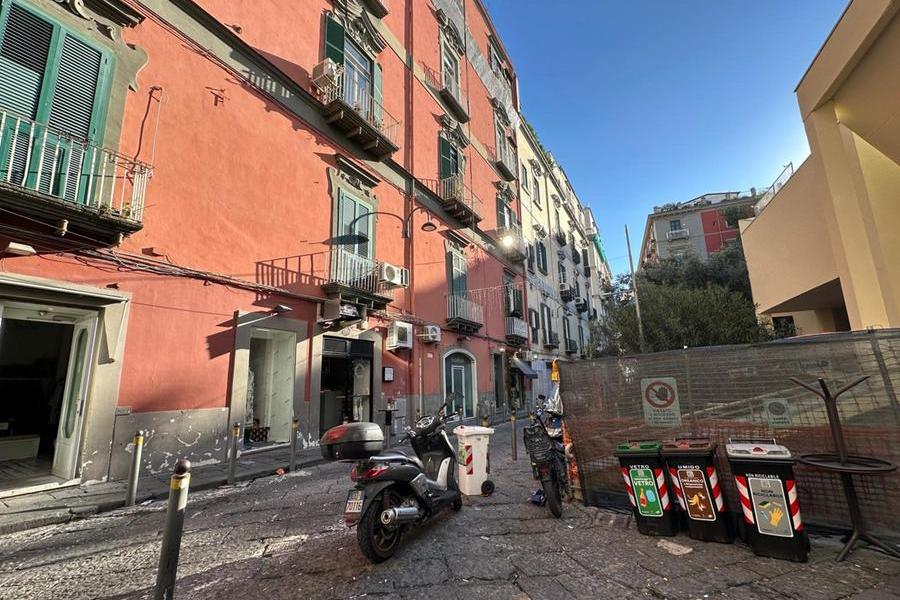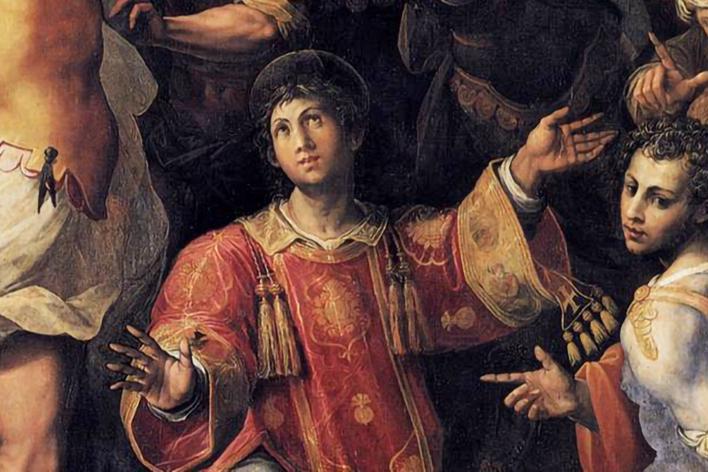San Silvestro, who gave his name to the New Year’s Eve celebration as his liturgical feast is on 31 December, is thethe first Pope of a Church no longer threatened by the terrible persecutions of the first centuries.
In the’year 313, in fact, the emperors Constantine and Licinius gave full freedom of worship to Christians, the African Miltiades being Pope, who died the following year. He is succeeded by the Roman priest Silvestro. Constantine gave him the Lateran palace as a residence, later flanked by the basilica of San Giovanni, and built the first basilica of San Pietro.
At peace with the civil authority, but not with each other: this is how the Christians of the time were. Sylvester’s long pontificate (21 years) was in fact troubled by disciplinary and theological controversies, and the ordinary authority of the Church of Rome over all the other Churches, now spread around the entire Mediterranean, is not yet fully specified.
He does not intervene in the council debates
Constantine then intervenes in religious controversies (or the bishops and faithful make him intervene) not so much to “lower” Sylvester, but rather to give tranquility to the Empire. Especially since he was not a Christian at the time; and the rumor that Silvestro baptized him is unfounded.
Constantine announced in 314 the Western Council of Arles, Gaul, on the Donatist question (the behavior of Christians during Diocletian’s persecutions). And he himself, in 325, called the first Ecumenical Council in Nicaea, where the Creed was approved which, against the doctrines of Arius, reaffirmed the divinity of Jesus Christ (“True God from true God, begotten not created, of the same substance as the Father”).
Pope Sylvester has no way of intervening in the debates: they are only communicated to him, with solemnity and respect, the decisions made. And, in short, he appears faded to us, not through his fault (nor even entirely Constantine’s); he is as if crushed by events. But he must also have impressed his contemporaries, who were better informed than us: so much so that, as soon as he died, he was immediately publicly honored as a “Confessor”.
Indeed, he was among the first to receive this title, attributed from the 4th century onwards to those who, even without martyrdom, spent a life sacrificed to Christ.
Sylvester is a Pope who is also unlucky with history, and through no fault of his own: for some centuries, in fact, a document was believed to be authentic, called the “Constantinian donation”, with which the emperor donated the city of Rome and some Italian provinces to Sylvester and his successors; a document already doubtful in the 10th century and recognized as completely false in the 15th.
A year after his death (31 December 335)a holiday was already dedicated to Pope Sylvester while in the East he is remembered on January 2nd.
He was buried in the church he wanted near Catacombs of Priscilla. His burial is expressly mentioned in the itineraries of the faithful of the 7th century. On June 2, 761, according to an ancient tradition Pope Paul I he had his body moved to the oratory of the church of San Silvestro in Capite and on 17 July of the same year he had it brought inside the church, where it was found during the restoration of 1596.
Pope Clement VII he had it placed under the main altar. Another tradition indicates, however, that in 756 it was moved to the Abbey of Nonantola.
According to the Depositio episcoporumthe list of the days of burial of the Roman bishops which was compiled just a year after the death of Pope Sylvester I, his feast is celebrated on December 31, and the same date occurs on the Calendar of Philocalus. This day, therefore, is certainly the day of his burial.









